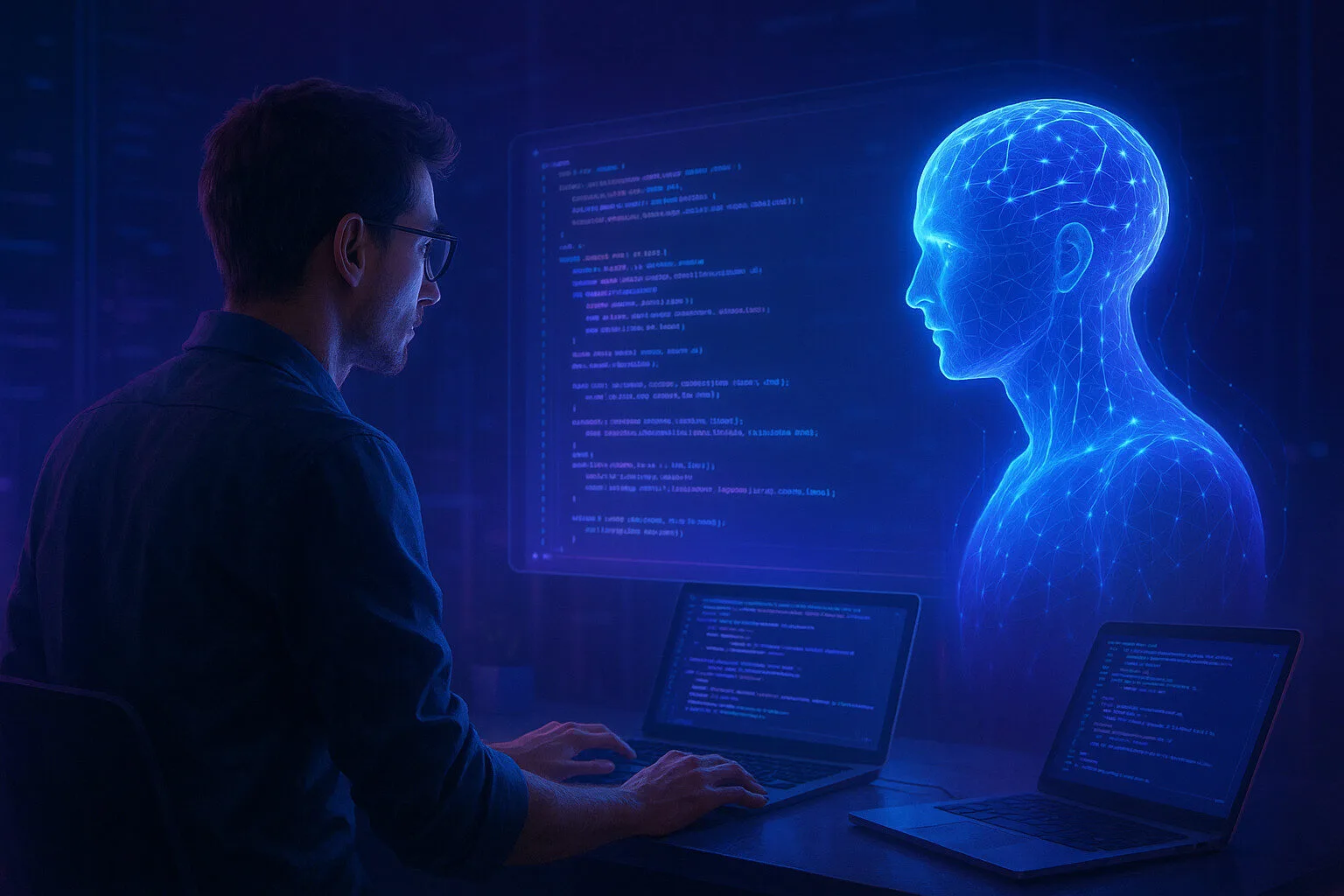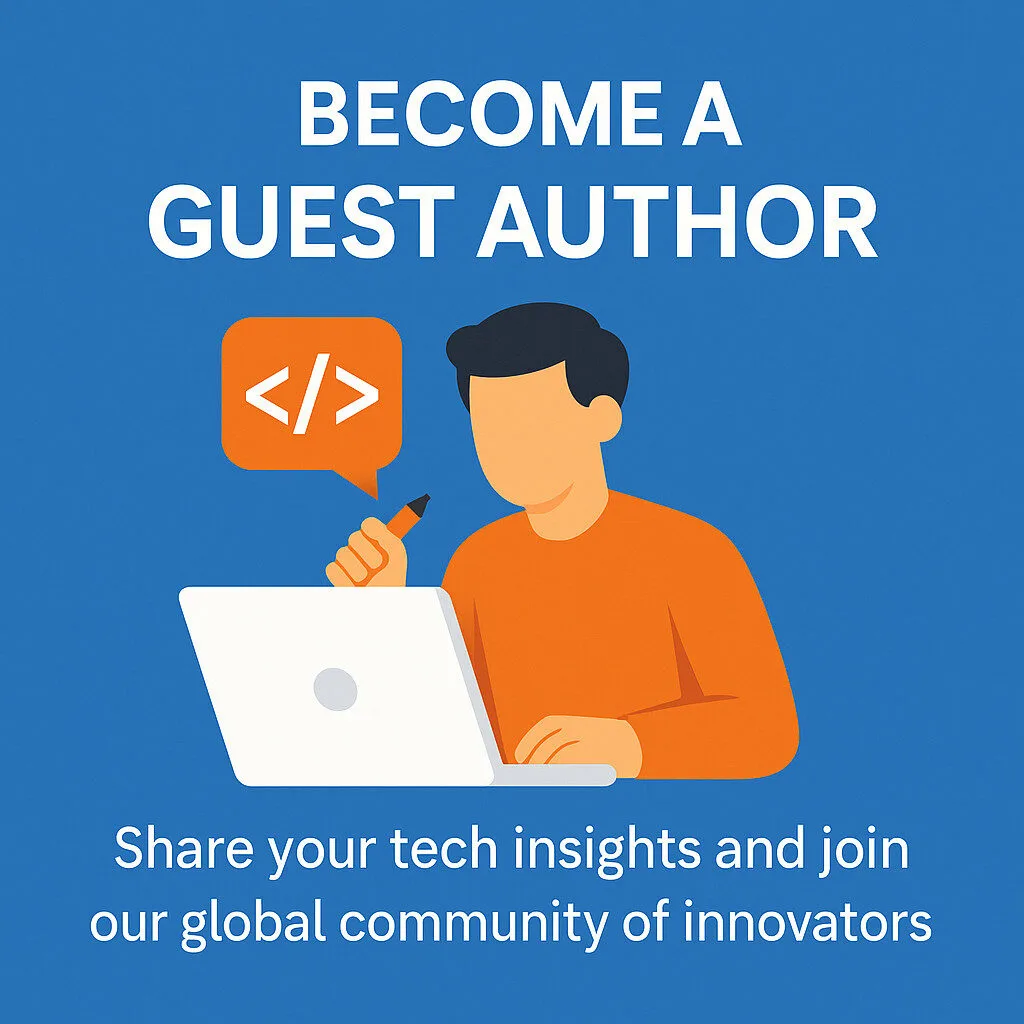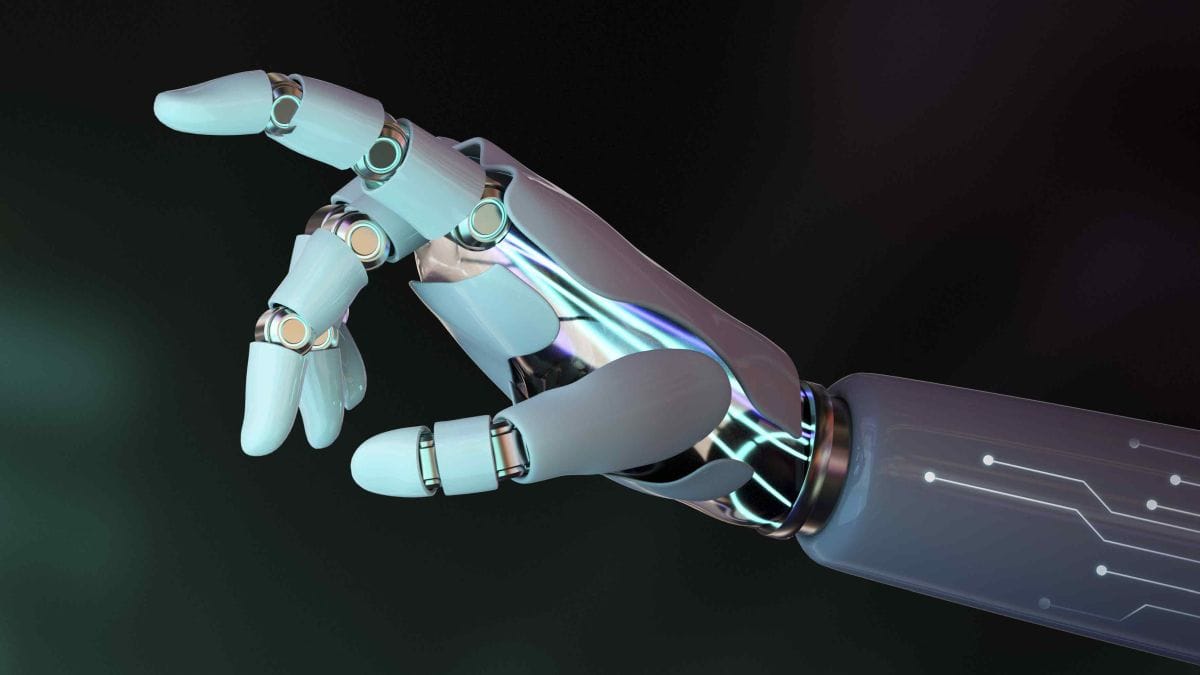In an industry defined by constant innovation, the emergence of “Vibe Coding” marks a radical shift in how software is imagined, created, and refined. Coined by Andrej Karpathy in early 2025, this new approach to programming is not just a buzzword—it represents a transformative mindset that reimagines the developer’s role in the age of AI.
What is Vibe Coding?
Vibe Coding is a development philosophy centered around using large language models (LLMs) like ChatGPT or GitHub Copilot as active collaborators in the programming process. Instead of manually writing every line of code, developers now describe the “vibe” or the intent of what they want to build, and AI generates the necessary code snippets, structures, or entire modules in response.
In essence, Vibe Coding is about coding by communicating ideas. Developers focus on expressing their goals and refining outputs, transforming programming from a syntax-focused craft to a high-level creative partnership.
How It Works
- Describe the Vision: The developer inputs a prompt or goal, such as “create a Python app that generates weekly reports from CSV data.”
- AI Generates a Draft: The LLM produces a code outline or complete scripts based on best practices, libraries, and patterns.
- Iterate Collaboratively: The developer refines the code by providing feedback or asking follow-up questions.
- Deploy and Improve: With human oversight, the final code is tested, optimized, and deployed—often with further assistance from AI.
Why It Matters
- Accessibility: Vibe Coding lowers the barrier for non-traditional developers to participate in software creation. Business analysts, designers, or data scientists can describe ideas without mastering full-stack development.
- Speed: Prototypes and MVPs can be developed significantly faster, allowing teams to iterate and experiment more freely.
- Creativity Boost: Developers are freed from boilerplate and repetitive coding, enabling them to focus on design, architecture, and user experience.
Challenges and Considerations
While Vibe Coding is revolutionary, it comes with important caveats:
- Code Quality & Security: AI-generated code must be reviewed for vulnerabilities, inefficiencies, and potential copyright issues.
- Understanding Over Dependence: Developers should understand what the AI is doing, not just accept outputs blindly. Critical thinking remains essential.
- Bias in Models: The quality and neutrality of code depend on the data the model was trained on. Biases or outdated practices can persist.
The Future of Development
Vibe Coding signals a broader shift towards intention-driven software engineering. As LLMs become more accurate and context-aware, we may reach a point where describing workflows in plain language becomes the default method for building software systems.
Expect more platforms to integrate Vibe Coding tools, from IDEs with conversational assistants to cloud platforms offering full-stack app generation from prompts.
Final Thoughts
Vibe Coding is not about replacing developers—it’s about empowering them. By redefining coding as a dialogue between human intuition and machine precision, this AI-driven approach is unlocking new possibilities for innovation.
As this trend continues to evolve, staying ahead means embracing the shift, experimenting with the tools, and understanding how to collaborate with AI effectively.
Reference: Andrej Karpathy on Vibe Coding







Leave a Reply